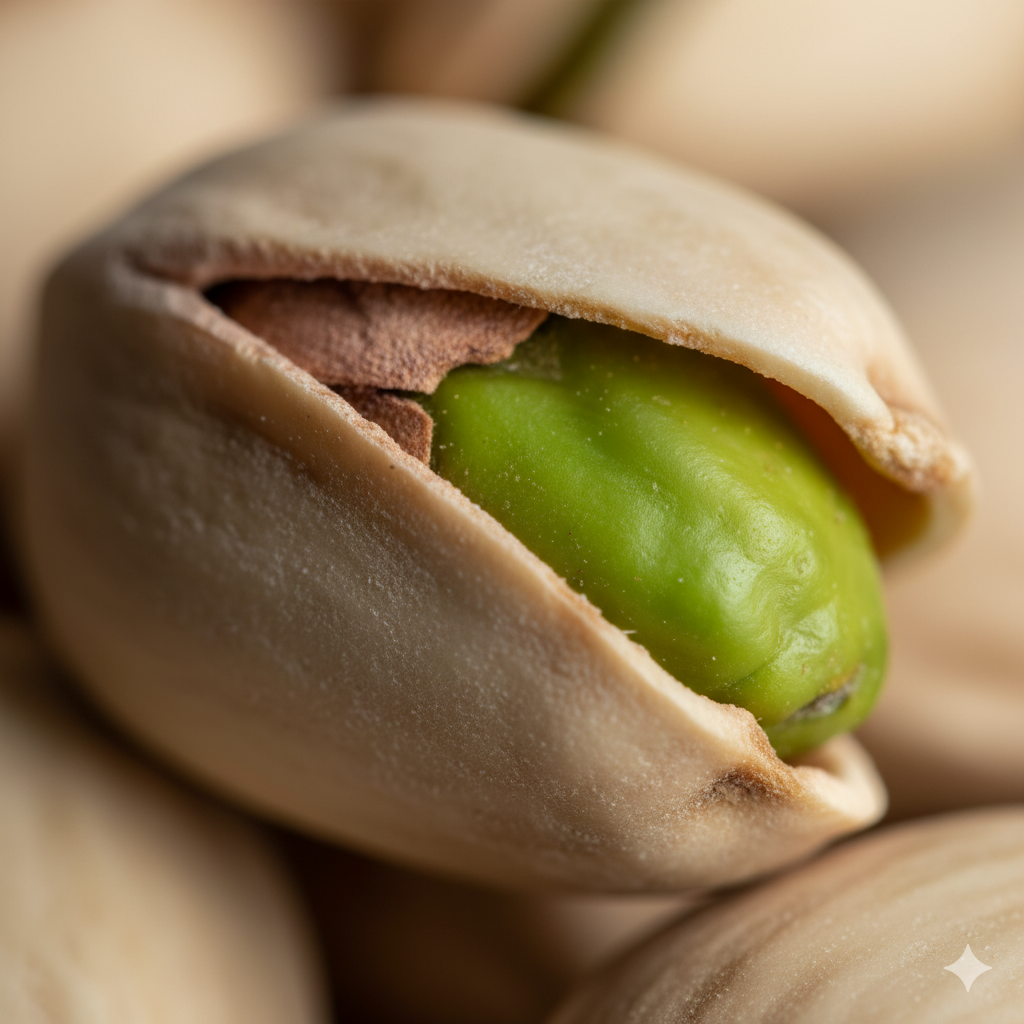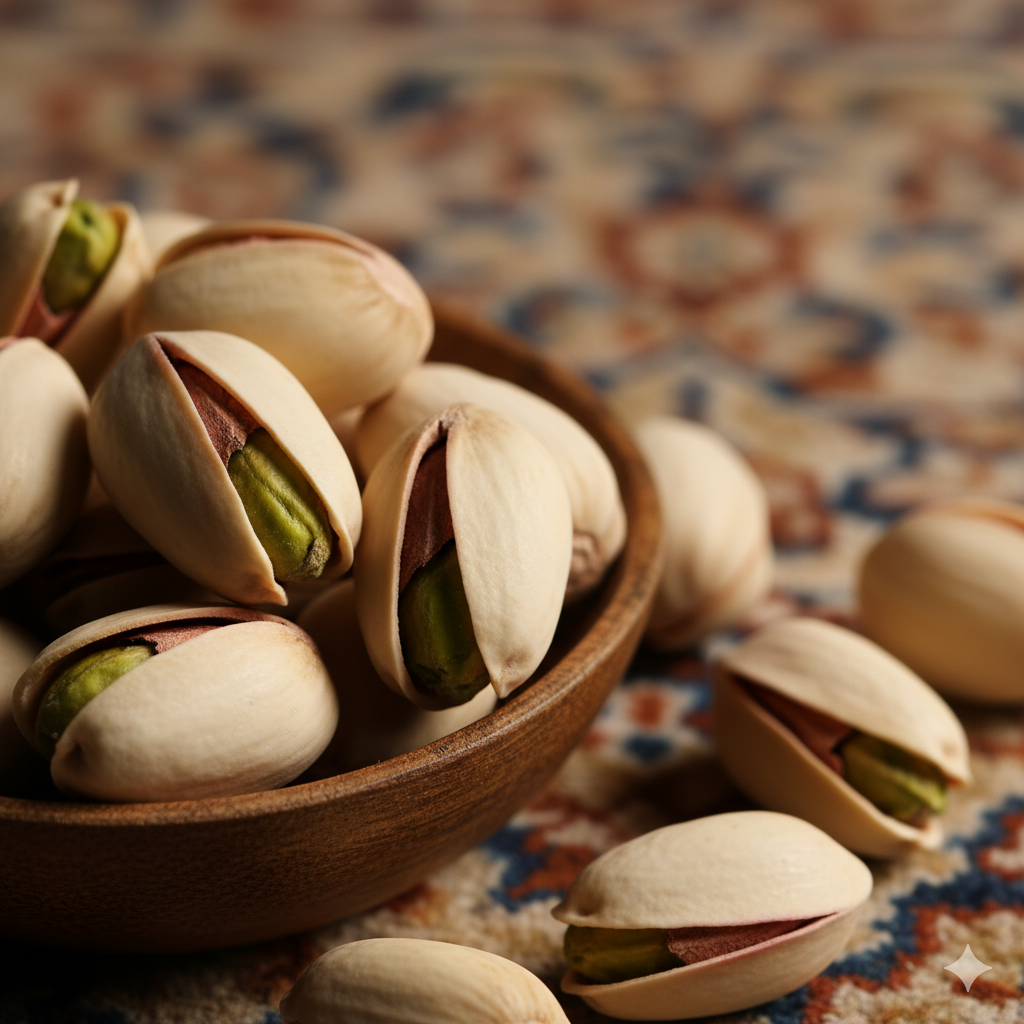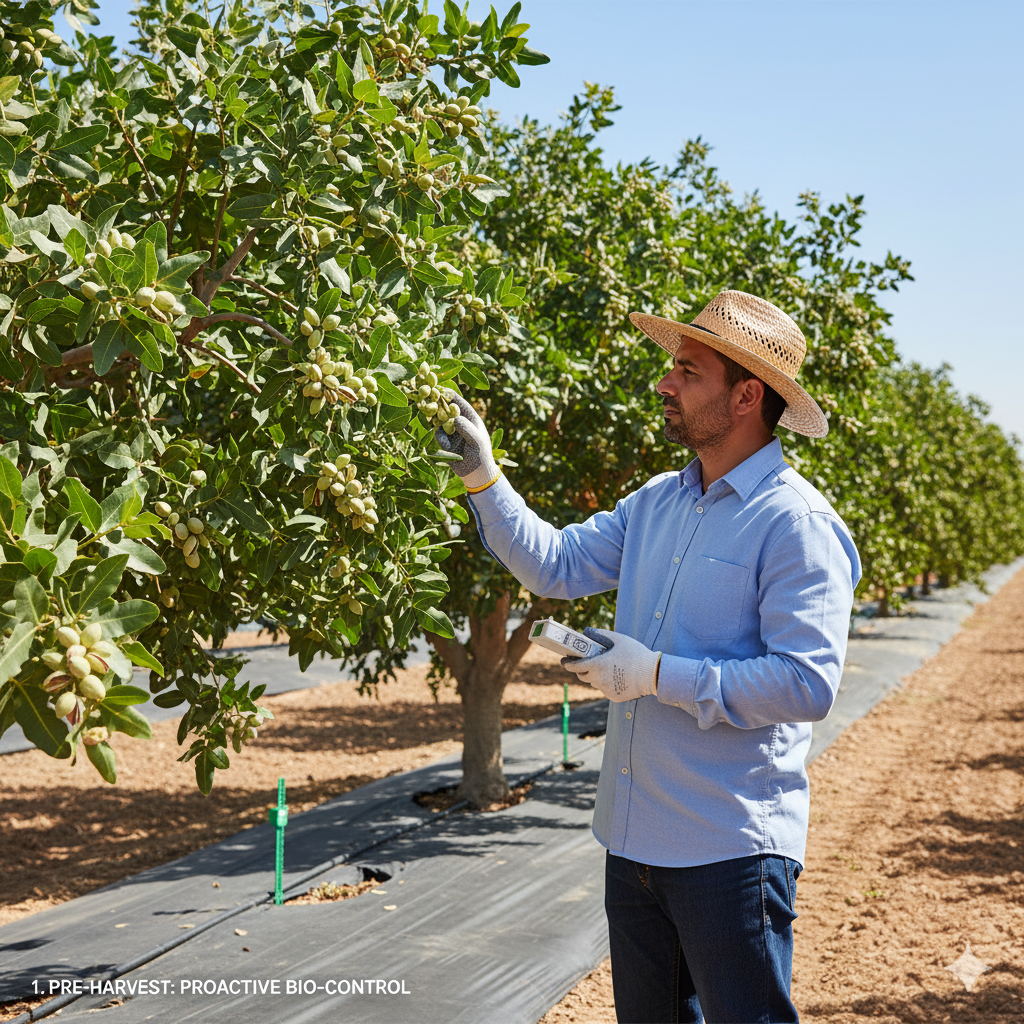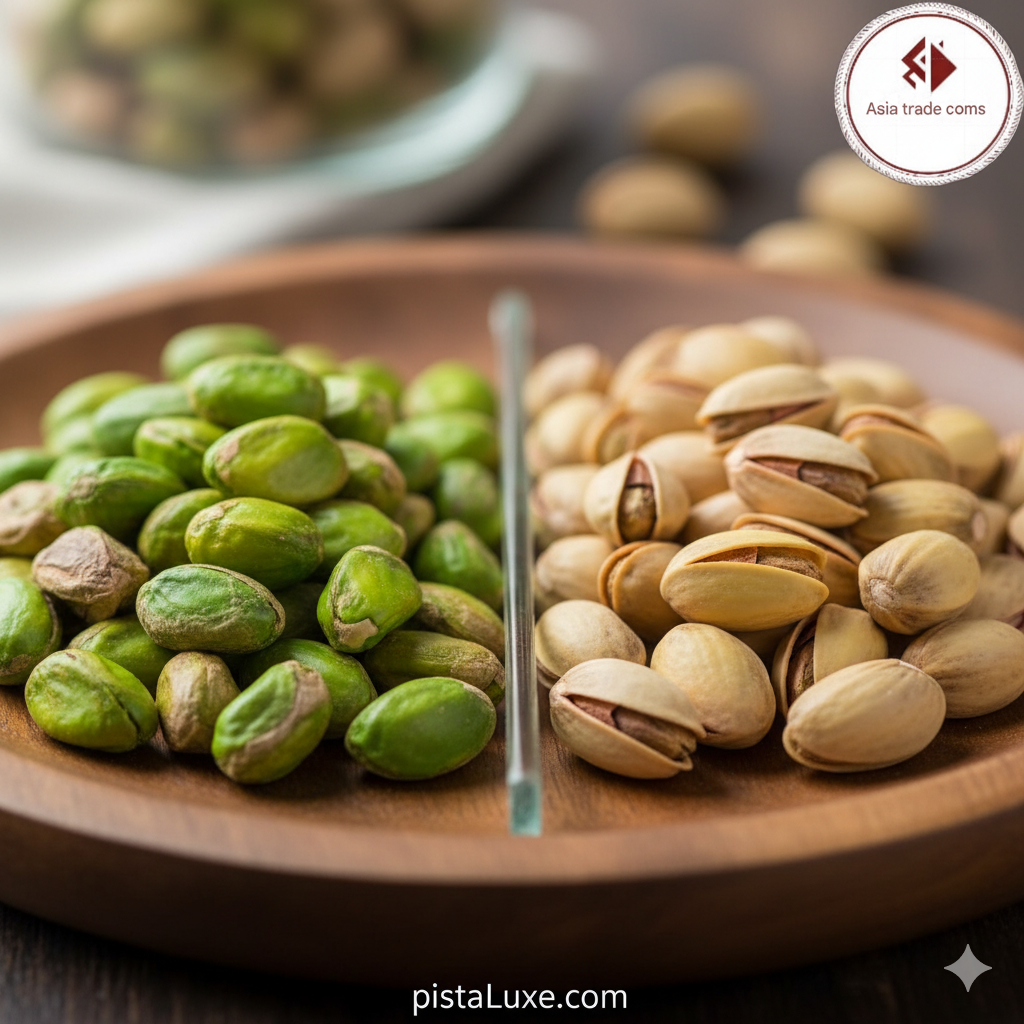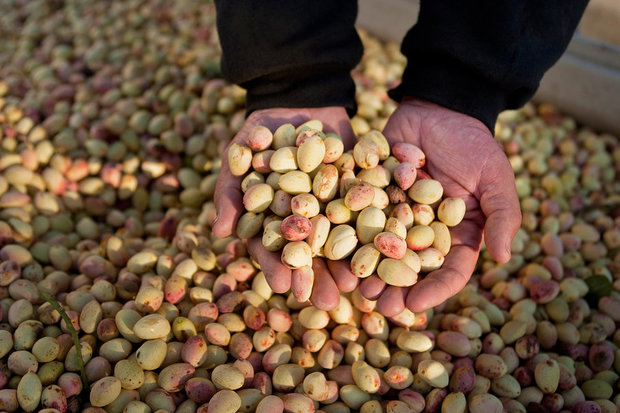
Pistachios offer a nutrient-dense option that can support children’s growth, energy, and learning. This article explores how pistachios fit into healthy pediatric diets, addressing portion control, nutrient benefits, and practical inclusion ideas for families and caregivers.
Introduction
Growing children need balanced nutrition to support cognitive development, physical growth, and daily activity. Pistachios deliver healthy fats, protein, fiber, vitamins, and minerals in a kid-friendly package when consumed in appropriate portions.
Nutritional Benefits for Children
- Healthy fats and brain development: Monounsaturated fats and omega-6 fatty acids support satiety and brain function.
- Protein and fiber: Aid in muscle growth and digestive health, helping maintain steady energy.
- Micronutrients: Rich in potassium, magnesium, vitamin B6, and antioxidants that support metabolism and immunity.
- Allergen considerations: Important for families with nut allergies; consider alternatives if needed and follow school and daycare policies.
Portion Guidelines and Safety
- Age-appropriate servings: Typical serving sizes are small for younger children and can scale with age and appetite (consult pediatric guidance).
- Choking prevention: For younger children, offer finely chopped pistachios or pistachio butter; avoid whole nuts for toddlers.
- Allergen management: Clear labeling at home, school, and caregivers’ settings; avoid cross-contact.
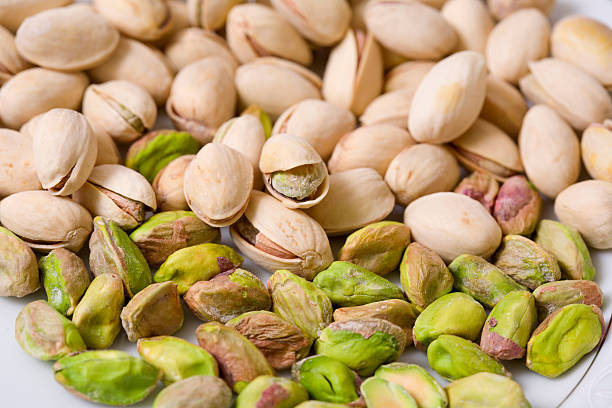
Practical Ways to Include Pistachios in a Child’s Diet
- Snack ideas: Lightly salted or unsalted pistachios in small portions; mix with dried fruit for a trail mix.
- Meal add-ins: Sprinkle chopped pistachios on yogurt, oatmeal, or salads; mix into baked goods in controlled portions.
- School-friendly options: Pre-portioned packs, pistachio butter on whole-grain crackers, or add-ins for smoothies.
Considerations for Special Diets
- Plant-based diets: Pistachios provide plant-based protein and minerals.
- Allergy-conscious households: Alternatives like seeds (sunflower, pumpkin) or fortified snacks.
Practical Tips for Caregivers
- Model mindful snacking and portion control.
- Read labels for added salt, sugar, or oils.
- Rotate snack options to avoid palate fatigue and ensure a range of nutrients.
Conclusion
Pistachios can be a valuable component of a child’s nutrition when introduced thoughtfully, with attention to age-appropriate portions, safety, and balanced meals. They offer a tasty, nutrient-rich option to support growth, energy, and cognitive development.
To order or get advice on pistachio and dried fruit varieties, contact our team via our official WhatsApp. Our support team is ready to answer your questions and can help you choose the right pistachio and dried fruit. WhatsApp number 009890214773705


